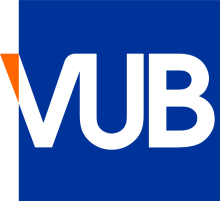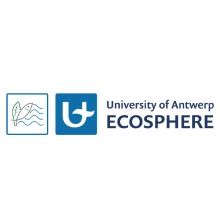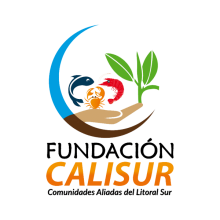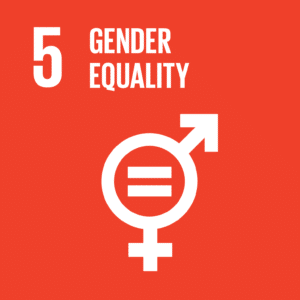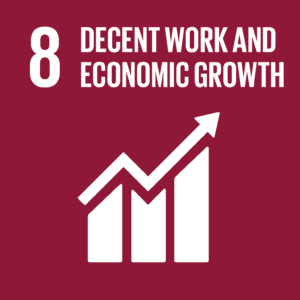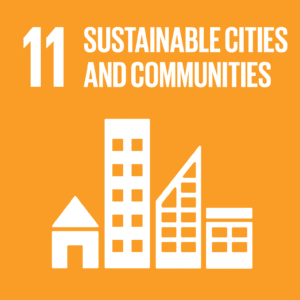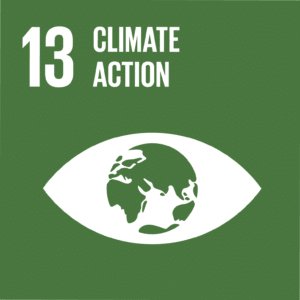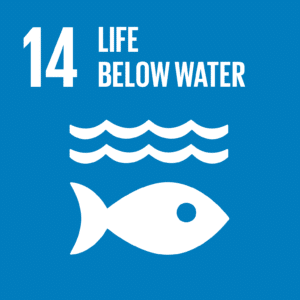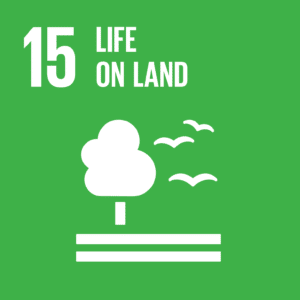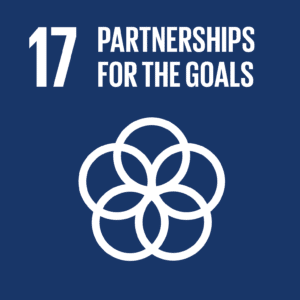Restoring and developing mangrove forests with dredged material

Protecting coastal areas and enhancing carbon sequestration
Mangrove forests have a significant role in the large delta of the Guayas River (Ecuador), as mangroves are important carbon sinks, protect coastal areas from erosion and floods, and offer a wide range of ecosystem services. However mangrove forests are threatened by aquaculture, wood harvesting, and urban development.
This intensifies problems such as coastal erosion, floods, biodiversity loss and water quality deterioration, which in turn, also threaten local socio-economic development. Urgent action is needed to make the area more climate resilient and this is the target of the AquaForest project.
AquaForest Living Lab: developing a mangrove habitat through the circular reuse of dredged sediment material
The AquaForest project focusses on land reclamation to develop a Living Lab of a mangrove habitat in the Gulf of Guayaquil (Ecuador), through the circular reuse of dredged material.
This demonstration project will integrate nature-based solutions for climate mitigation and adaptation strategies in a coastal environment. Furthermore, AquaForest will strongly focus on socio-economic and biodiversity challenges. The project will adopt an unprecedented green-grey approach for the development of mangrove habitat on a new land mass using dredged sediment material.
The AquaForest demonstration project will integrate the specific local context and conditions and builds on existing activities and acute needs in the Gulf of Guayaquil, such as the existing long-term dredging activities necessary for the maritime transport.
The project will be implemented on a 50-ha area and will realize carbon sequestration by assisted mangrove habitat development through both afforestation with indigenous mangrove species, and by enabling favourable hydrological and sediment conditions for natural recruitment.
A sustainable local ecological and socio-economic management system will be established by involving key stakeholders such as local authorities, researchers and communities.
By reclaiming land using dredging materials for mangrove afforestation, a natural carbon sink will be created, which at the same time protects coastlines from extreme weather events and provides a natural barrier preventing damage of coastal infrastructure.
The created mangrove habitat moreover offers additional ecosystem services such as natural water filtration, supports fisheries, ecotourism and provides timber, and thus serves as a valuable resource to diversify income opportunities of local communities.
The new mangrove forest will support local biodiversity and increase the natural resilience of the coastal ecosystem in the Gulf of Guayaquil in Ecuador. In addition, AquaForest supports national climate frameworks, strategies and action plans related to mangrove conservation and restoration efforts.
The AquaForest project approach is the first of its kind in South America. This new concept will be thoroughly investigated during this project, starting from the case of Ecuador and paving the way for further upscaling possibilities in the region, as well as worldwide, where mangroves play an important role in local ecosystems.
Do you want to know more about this project?






